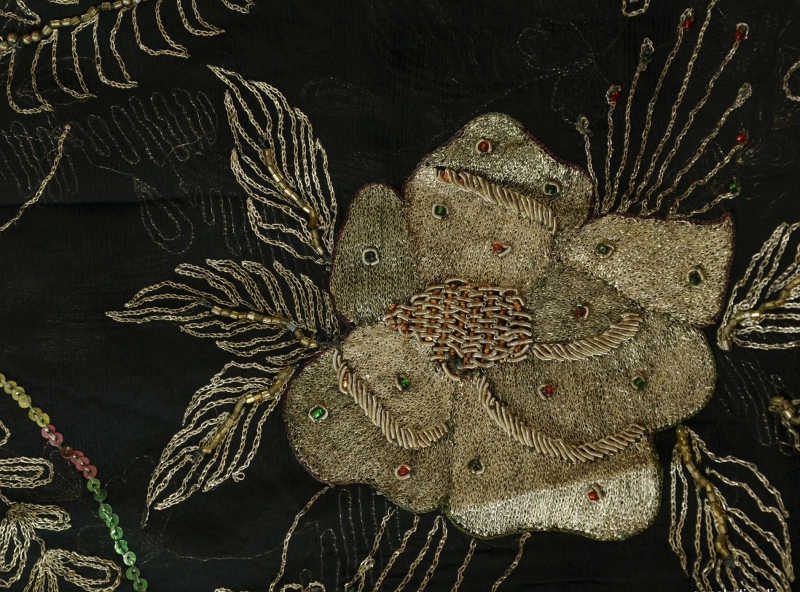===
0949,
8
===

=== |
 |
barg : (Persian) 'Leaf'. (Platts p.148)
auraaq : 'Leaves (of a tree, &c.); pages'. (Platts p.104)
FWP:
For discussion of this ghazal as a whole, see {949,1}.
In this verse 'he' seems most probably to be alive (since 'these' autumnal leaves 'are' his writing-sheets, and they would surely need to be renewed annually).